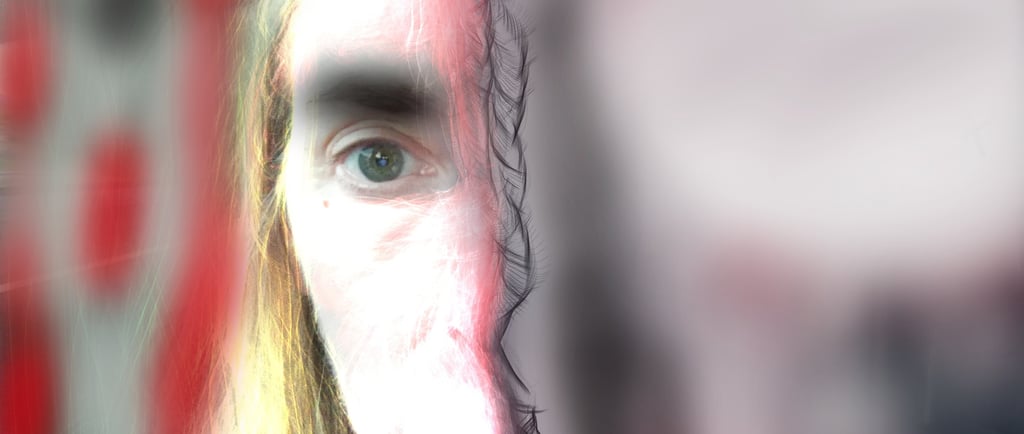The Battle to Be Seen
BELONGINGSTORYTELLINGCREATIVITY
10/1/20252 min read


How many times must we silence ourselves before we break?
Recently, I saw it more clearly than ever before: my deep longing to be protected.
To be held when I am vulnerable.
To be defended when I feel unfairly attacked.
To be understood when I fall apart and cry rivers.
These are not random feelings. They are ancient echoes of pain, often rooted in our families. Wounds passed down. Unspoken traumas. It stirred everything in me—rage, grief, and the overwhelming need to be seen.
When Protection Is Absent, Pain Rushes In
What followed was a flood of anger. A scream into the air. A rupture.
Memories came rushing in—the times I was not protected by male figures in my life.
Not only unprotected but left to absorb silence, abandonment, emotional withdrawal.
Those wounds run deep in the roots of my family. And healing? It is still happening. Still slow. Still sacred.
The Silent Treatment: A Pattern I Now Recognize
There is a pattern I keep meeting: Being met with silence, being used for support but not supported, being the “nice woman,” the “good daughter,” the “understanding wife".
That archetype didn’t protect me. It didn’t keep me safe. It made me invisible.
I yelled recently—not just from anger, but from truth. I yelled from the place in me that had swallowed years of pain.
The part that carried others’ burdens while my own needs went unmet. That rage wasn’t wrong. It was sacred. Cleansing. Real.
Rage as Truth, Not Destruction
Let me be clear: Dismantling the “nice, good woman” archetype is not optional—it is survival.
This is not about becoming cruel or hardened. It is about asking: What is the agenda behind my kindness? Is it rooted in fear? In hope that someone will finally protect me if I stay good enough? Does it give the illusion of safety?
I have come to deeply appreciate all these teachers in my life—those moments, people, and experiences that, though painful, carved paths toward my true self. Each wound, each sharp lesson, was a fierce guide, pushing me through darkness and toward clarity. The pain was a harsh but necessary mentor, breaking down false protections so I could stand stronger, fiercer, and more whole.
These lessons have drawn me closer to myself—teaching me resilience, self-compassion, and the power to reclaim my voice. In embracing this journey, I honor the pain not as a curse, but as a catalyst.
This path asks me to cultivate goodness that includes myself.
Not perform it.
Not barter with it.
But embody it with clarity, power, and protection.